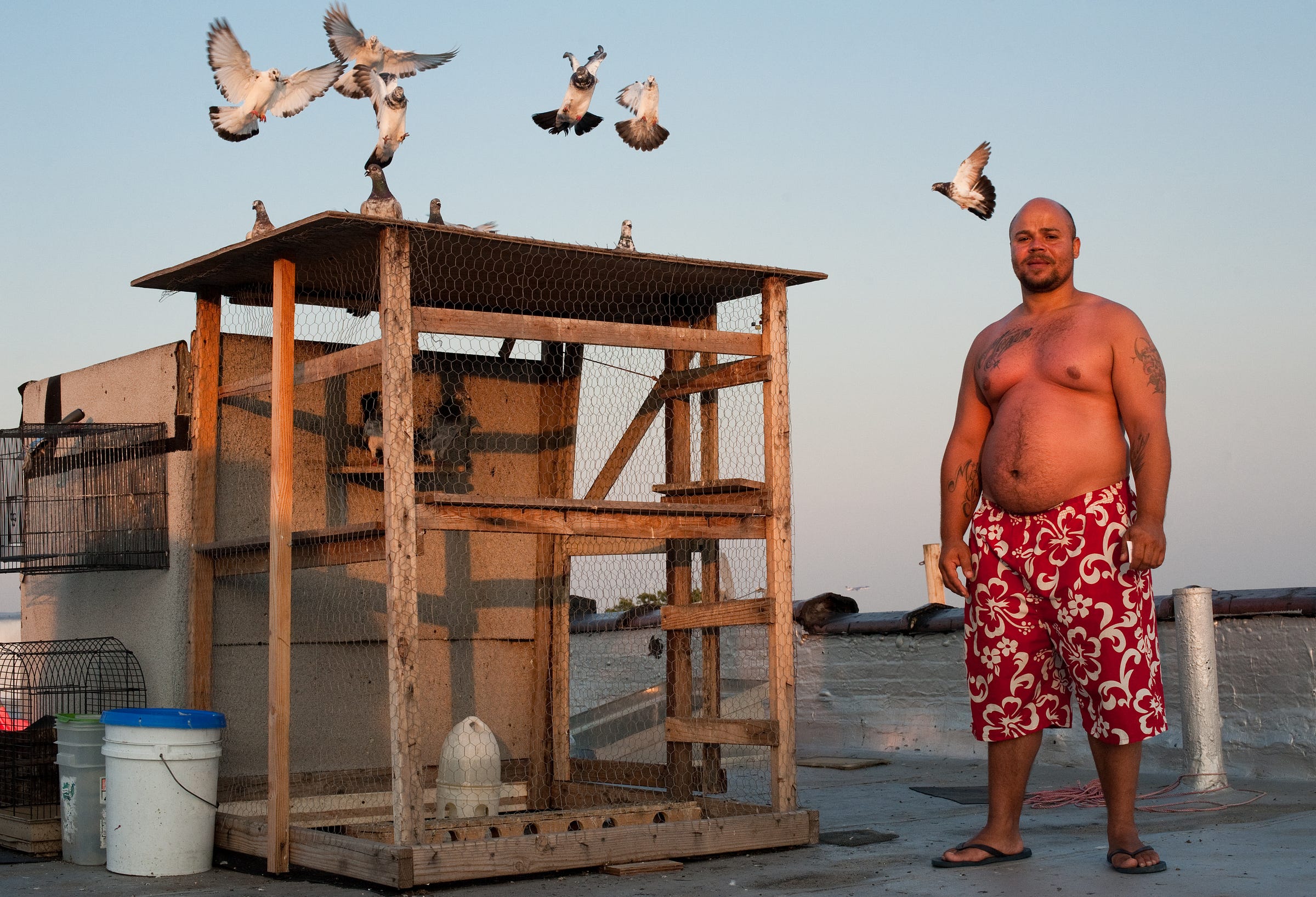I first noticed the flocks of pigeons swooping and swirling above Brooklyn during my long walks back in the 2000’s. I immediately knew they were beautiful, I just didn’t know they were art. Well, art as most people experience it. Not as something to put in a gallery, but as something to elevate life above the mundane. Beauty for beauty’s sake, not for fame or money.
Recognizing them as art took a little more time.
I became fascinated with the pigeon flocks, not just because of their beauty, but because they could be used as landmarks. As a way to navigate mile after mile of row-houses, bodegas, parks, liquor stores, barbershops. (“Walk towards the large flock of white pigeons, you will find me in the park next to them”).




